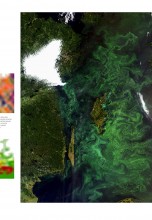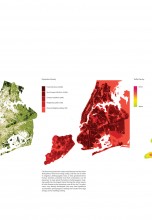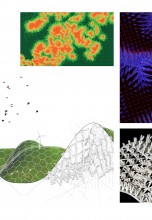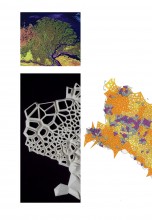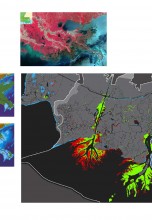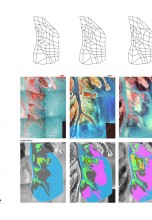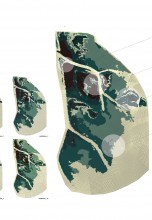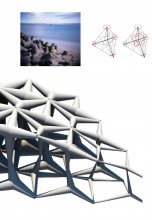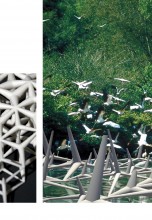While human survival depends on the continued supply of services obtained from ecosystems, human actions during the last 50 years have altered ecosystems to an extent and degree unprecedented in human history.
Buildings account for over a third of the total energy consumption in the United States. As new construction projects increase exponentially in emerging global economies, architects struggle in finding new design strategies for the implementation of sustainable material and energy technology.
The studio tests the boundaries of buildings performance in extreme environmental conditions, where energy consumption, sustainable resource management and access to essential resources like fresh air, clean water and natural daylight, are vital to human survival.
Mission: Preserving Life on Earth
The Millennium Ecosystem Assessment was carried out between 2001 and 2005 by the United Nations to assess the consequences of ecosystem change for human well-being and to establish the scientific basis for actions needed to enhance the conservation and sustainable use of ecosystems.
Its primary goal is to provide decision-makers, ecosystem managers, and other potential users with objective information and analyses of historical trends and dynamics of the interaction between ecosystem change and human well-being.
The Assessment’s final determination is that “One of the most critical needs […] is an improved understanding of the factors governing the capacity of ecosystems to provide services.”
Program: Data collection and monitoring centers
The studio calls for the establishment of a network of data collection and monitoring centers in response to the need for improved understanding of ecosystem change identified by the UN Assessment.
The phenomenon of a testing device altering the very condition that it attempts to measure is a known paradox in scientific research and a challenge to the implementation of monitoring stations in environments that are particularly susceptible to change.
The studio will test the possibility for communities of scientist to live and work in monitoring stations located within specific biomes, without altering their environments and effectively performing as zero-energy, self sufficient systems.
Site: Extreme Ecologies
The UN Assessment identifies 8 ecosystems as “potential sites” where “critical issues requiring research and data collection to forecast significant impacts of ecosystem change on human well-being” are located.
Extreme ecologies present environmental conditions that are at once aggressive and sensitive to the presence of humans. Issues of protection, self-sufficiency, vulnerability and mimicry will be investigated as potential design strategies providing systemic responses to a global challenge.
Tropical and Boreal Forest, Inland Waters and Coastal Systems, Polar and Drylands Areas will provide for exemplar site conditions where the digital design intelligence of the student will be tested.
Design methodology: Mapping/Patterning/Prototyping
As the amount of information about our environment is rapidly growing to form the map of the world at 1:1 scale, digital fabrication technologies and mass-customization are the prelude to the collapsing of these digital maps directly onto the physical reality of performative building structures and envelopes.
The studio attempts to integrate environmental analysis (Ecotect) with parametric design tools (Grasshopper), two areas of digital practice that have been widely expanded in recent years, but that were rarely combined as part of a consistent design process. The work will be mostly conducted at three distinctive scales: the ecosystem (mapping), the system performance (patterning) and the building module (prototyping).
Biotic components (living things that shape an ecosystem) and a-biotic components (non-living components of an organism’s environment) will be considered in order to identify critical parameters for the mapping exercise.The grain and scale of the architectural structure will conform to its underlying map, as unique and appropriate building components will respond to each data point on the map.
The project will explore the potential for parametric design and digital fabrication to construct this one-to-one relation between ecologies, system performance and building components.
